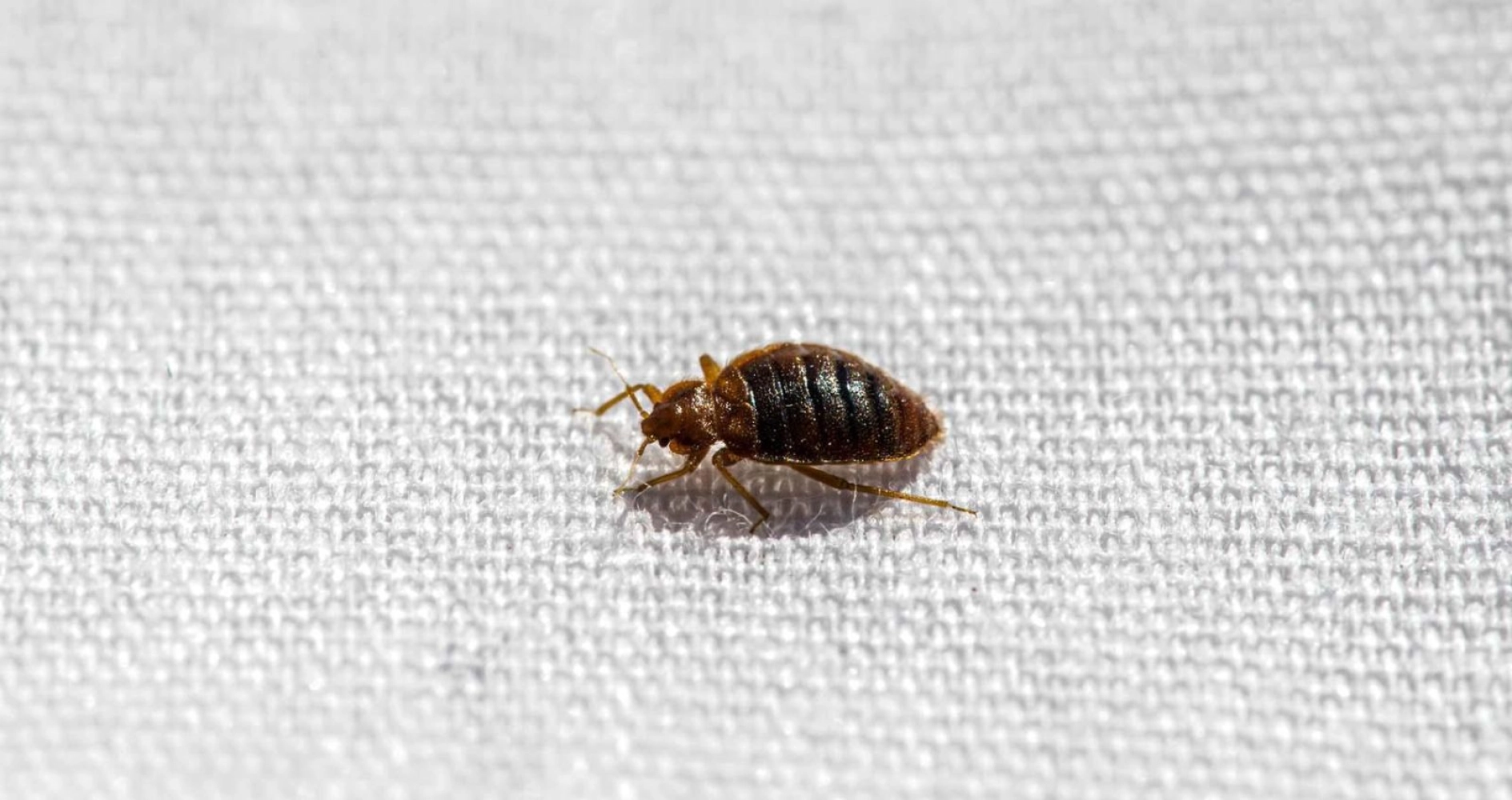There are 2 species of bedbug that bite humans, regular bedbug (Cinex lectularius) which are mainly in simple climates and tropical bedbug (Cinex hemipterus) that are found mainly in the tropics. Even though the bedbug is very annoying due to its bite and also its tempering characteristics while bleeding, blood but its nature as a carrier of disease is not known to be crowded. By testing, it was found that he tried to evoke some diseases, but no such evidence was found.
Bedbug is often associated with humans even though wherever humans go because it depends primarily on humans to get blood to be their food. The outline of the bedbug is ovate-shaped, thin and measures approximately 5mm long and 3mm wide. The tip of a female posteriose bedbug is round, but in male bedbug, it tapers. Generally, the size of the female is larger. The bedbug is reddish and has a distinct ‘bedbug’ smell. It is a creature that bites at night, hiding during the day in cracks, fissures, patches, etc. Usually it can be found a lot in the hidden places. Male and female bedbug often suck human blood. In the laboratory, the bedbug is found trying to bite down on household pests (eg Dutch rats) but the main householder is still human. Female bedbug often produce small whitish-colored eggs in hiding places. These eggs hatch into “mini adults” (nymphs) which are very small which actually resemble their mothers except their size. These nymphs occupy 5 ranks for about about 5 weeks before becoming a mature adult bedbug. Each female bedbug can issue up to 350-500 eggs throughout its life. Adult bedbug is known to live for 3-6 months and it can withstand hunger for up to 1 year.
Bedbug is often associated with humans even though wherever humans go because it depends primarily on humans to get blood to be their food. The outline of the bedbug is ovate-shaped, thin and measures approximately 5mm long and 3mm wide. The tip of a female posteriose bedbug is round, but in male bedbug, it tapers. Generally, the size of the female is larger. The bedbug is reddish and has a distinct ‘bedbug’ smell. It is a creature that bites at night, hiding during the day in cracks, fissures, patches, etc. Usually it can be found a lot in the hidden places. Male and female bedbug often suck human blood. In the laboratory, the bedbug is found trying to bite down on household pests (eg Dutch rats) but the main householder is still human. Female bedbug often produce small whitish-colored eggs in hiding places. These eggs hatch into “mini adults” (nymphs) which are very small which actually resemble their mothers except their size. These nymphs occupy 5 ranks for about about 5 weeks before becoming a mature adult bedbug. Each female bedbug can issue up to 350-500 eggs throughout its life. Adult bedbug is known to live for 3-6 months and it can withstand hunger for up to 1 year.
Inquiry - Bed Bugs Treatment









